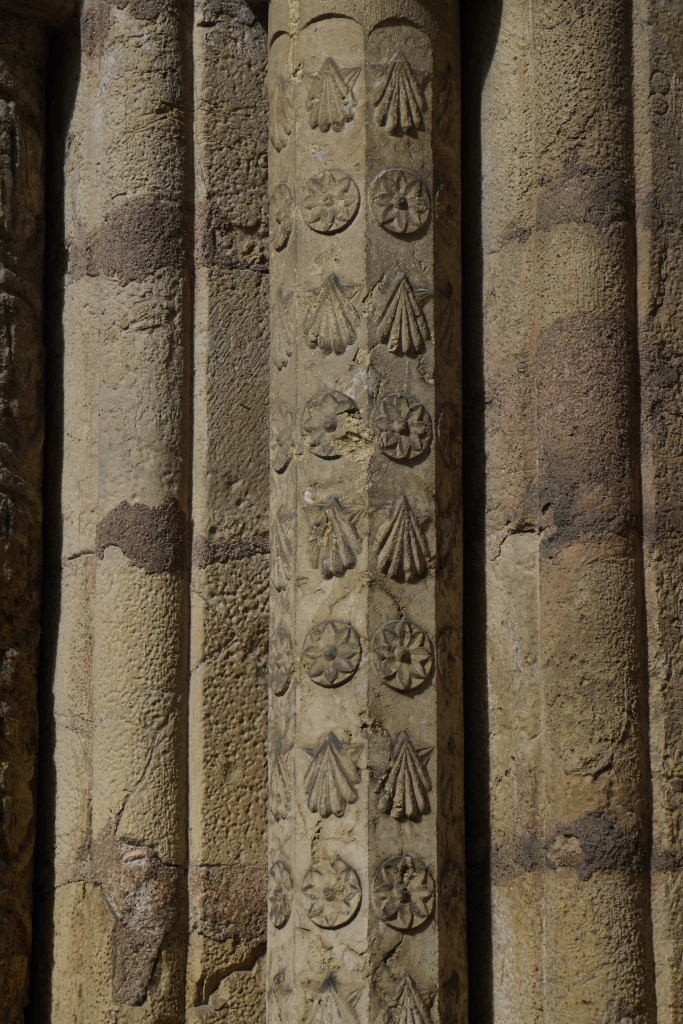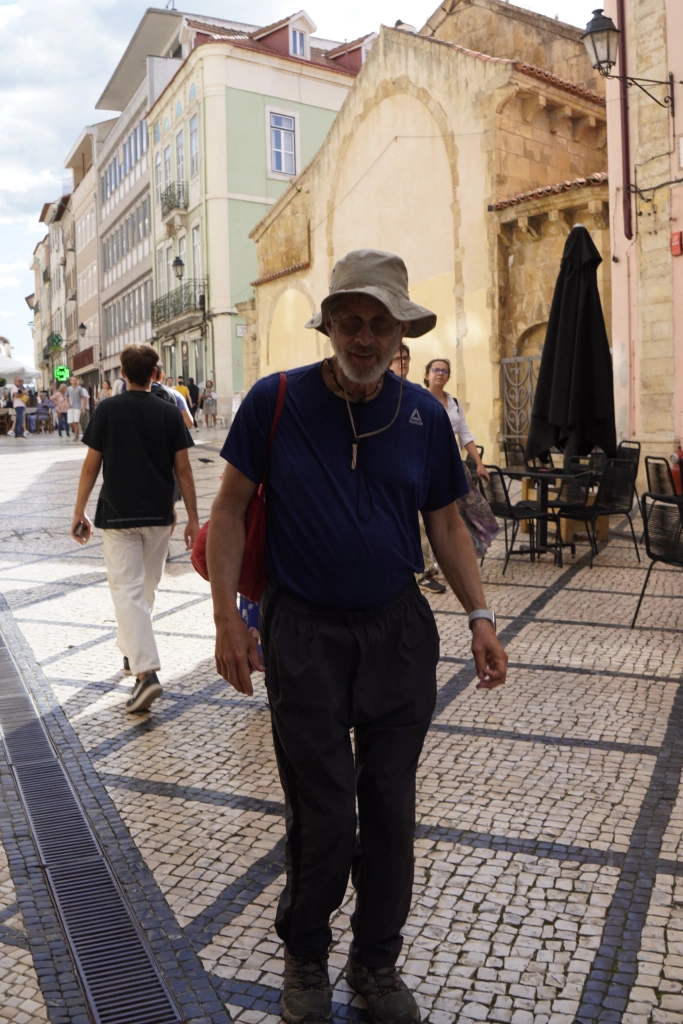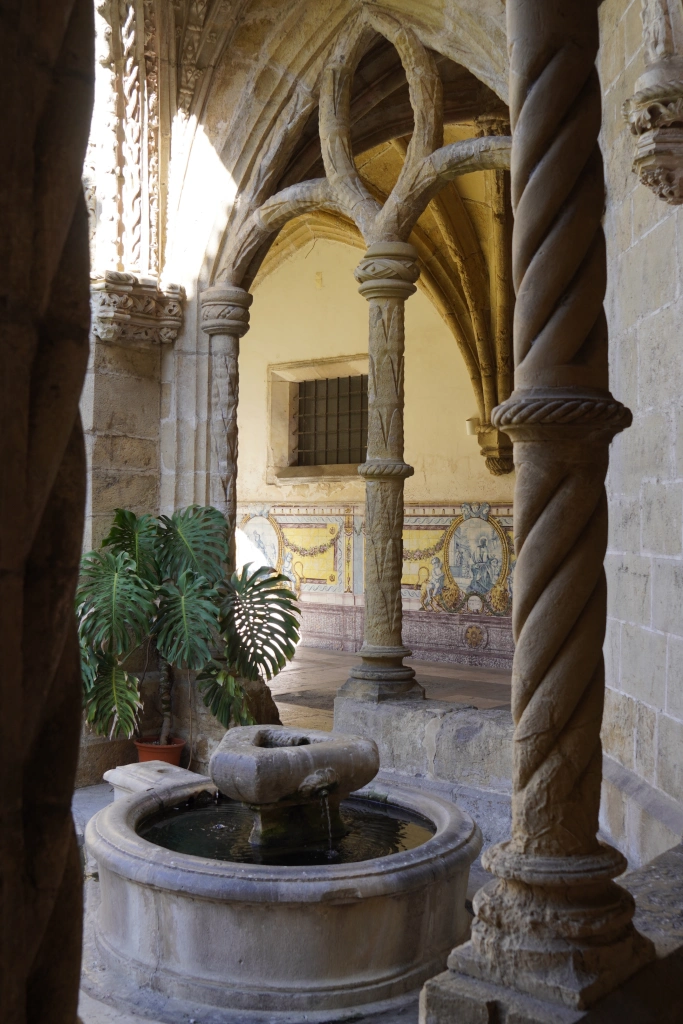Rest day in Coimbra. The plan was to see as much as possible in this ancient city once the capital of Portugal. The university founded in 1290 sits atop the hill, and Coimbra “old town” has been named a World Heritage site. Lots to see!
6.2 miles walking (and a few taxis).
Click the link to view today’s Relive video: https://www.relive.cc/view/vKv2QZmjRoq










The day was finished as nearly everything was closed. More early tomorrow as we head out of town.
Dan and Wendy Hendry: Wow, Ciombra looks really interesting. Too bad you had to walk 6 more miles to see it all. Hope you both are doing well. Somehow have been able to your picture tour again, Richard. Very enjoyable. 2022/09/28
Reply: Coimbra is quite interesting and the walking was enjoyable. Lots of bus tours around! 2022/09/29
Ann Prazza: 1131? !
That’s some incredibly old architecture! And the yellow tile is exquisite. Nice to see you being “city pilgrims” for a day😀 22/09/28
Reply: There was so much to see that we could have spent much longer in Coimbra. It was the first capital of Portugal before Lisbon. Old! 2022/09/29